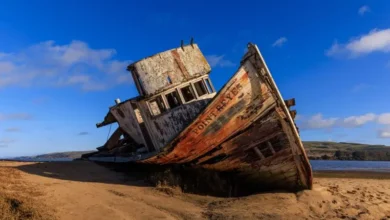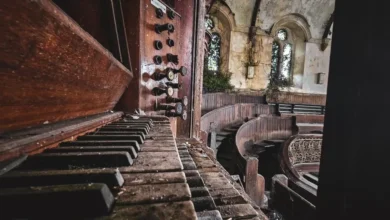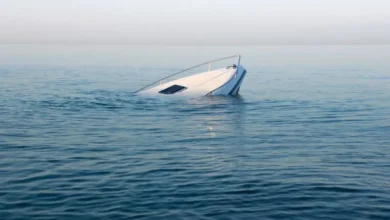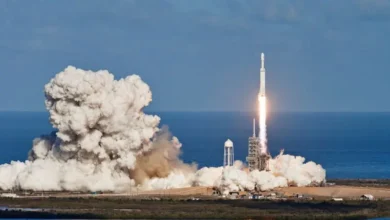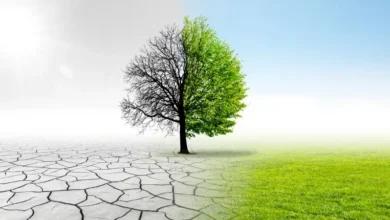Devastating floods engulf DR Congo capital
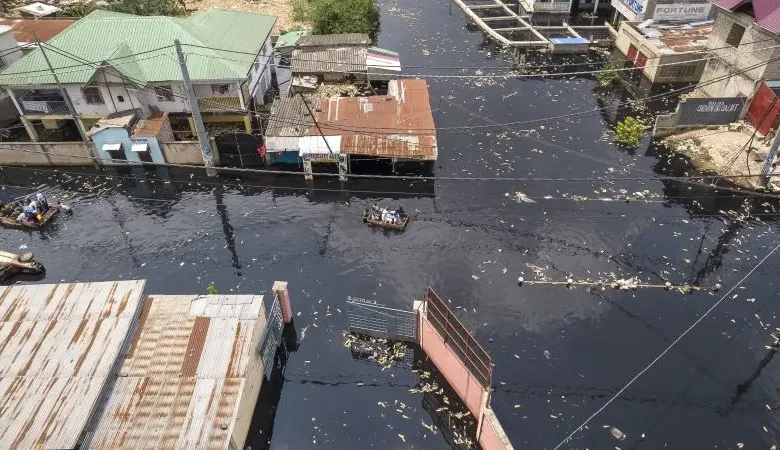
Kinshasa, the capital of the Democratic Republic of Congo, is facing a grave crisis as the overflow of riverbanks wreaks havoc across the city.
Homes in working-class neighborhoods are now swamped with dark, foul-smelling water as small rivers and waterways have swelled due to the rising levels of the Congo River, the second largest river in Africa after the Nile.
The district of Pompage was particularly hit hard, with a bridge completely submerged, leaving behind a stagnant pool in a residential area. Residents are now forced to rely on makeshift canoes operated by young men wading waist-deep in the water. Countless homes have been destroyed, leaving families with no option but to seek shelter in overcrowded churches.

While flooding is not uncommon in Kinshasa, locals said that this year’s devastation is unparalleled. In late December, the waterway management agency, RVF, issued a warning of “exceptional flooding” along the Congo River and its tributaries.
Measurements indicate that the river has risen to nearly 5.94 meters (19.5 feet), approaching the historic high-water mark of 6.26 meters recorded during the devastating flooding of 1961.
Both natural phenomena and human activities contribute to these catastrophic events. RVF director Daniel Lwaboshi points to climate change, leading to heavier rainfalls, as a factor in the current calamity.
However, he emphasizes that deforestation played a significant role, hardening the soil and reducing its capacity for water absorption. Rampant construction in flood-prone areas exacerbates the problem, affecting both traditional neighborhoods and modern developments.

It is estimated that hundreds of thousands of people in DR Congo have been affected. Caritas, a Catholic charity, has already appealed for assistance to aid approximately 100000 households in Mbandaka, a city located on the banks of the Congo River. In Kisangani, another river-stricken city, the mayor reports that over 200 houses have been submerged in one district alone.
Thankfully, a brief dry season is on the horizon, which should make the waters recession in a matter of days. Lwaboshi predicts that the waterline will eventually return to normal by February. However, the extent of the devastation will only become clear once the floodwaters dissipate completely.


